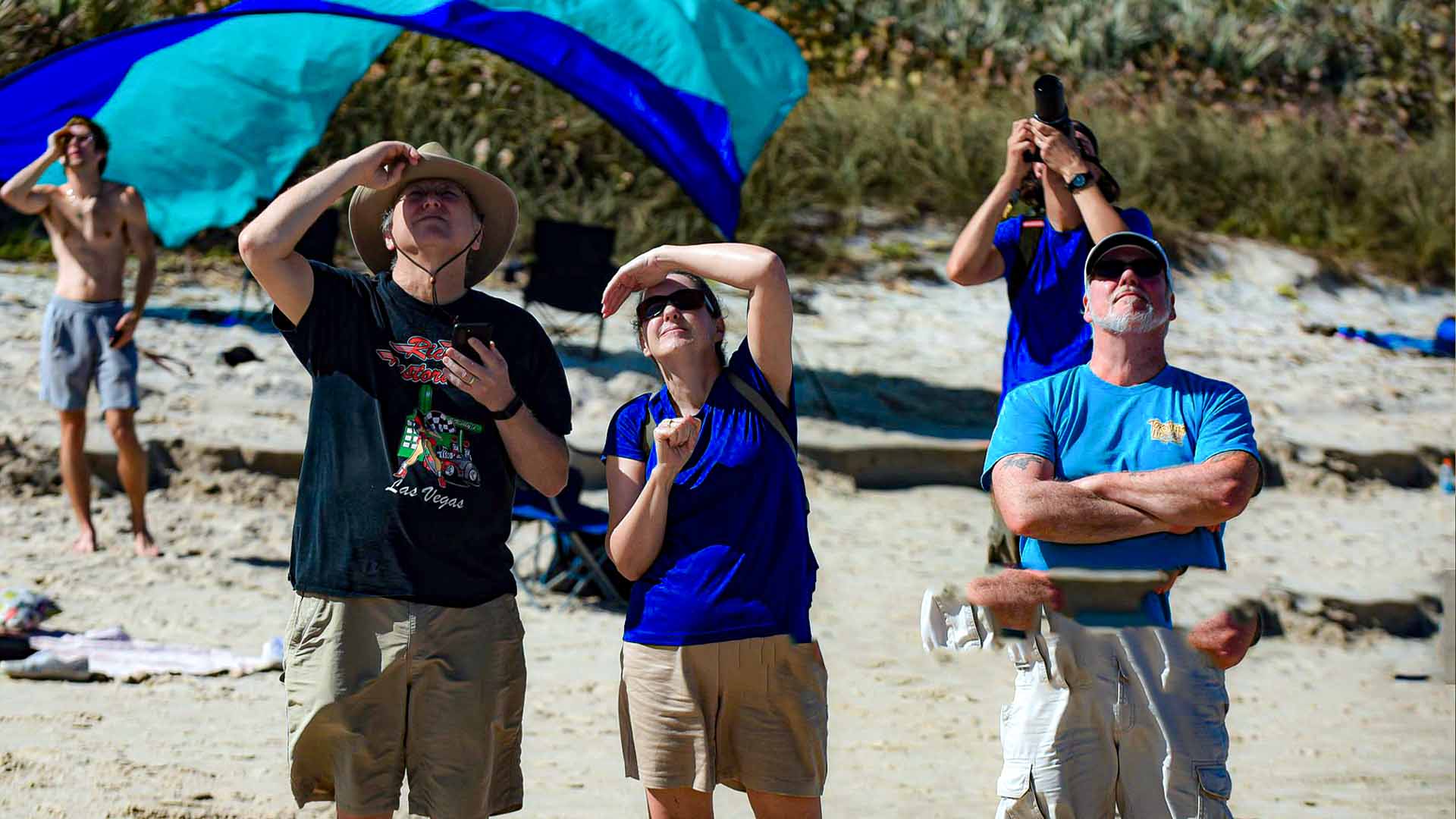SpaceX continues its relentless pace in space exploration and satellite deployment with another significant milestone set for Sunday, January 19. The private aerospace company plans to launch a Falcon 9 rocket carrying 27 Starlink satellites from California’s Vandenberg Space Force Base.
The liftoff window opens at 10:35 a.m. EST (1535 GMT; 7:35 a.m. local time), and the event will be live-streamed on SpaceX’s X (formerly Twitter) account starting approximately five minutes before launch.
This mission underscores SpaceX’s dual commitment to expanding global internet connectivity and refining reusable rocket technology.
The booster involved in this mission is a veteran, marking its 10th flight and landing—a testament to SpaceX’s advancements in reusability. Notably, seven of its previous missions were also dedicated to deploying Starlink satellites, reinforcing its reliability in this capacity.
Once the first stage completes its return, the Falcon 9’s upper stage will continue its journey, delivering the 27 satellites into low Earth orbit (LEO). Deployment is expected 61.5 minutes post-launch.
This operation will bring SpaceX closer to its goal of creating a robust Starlink satellite constellation designed to provide high-speed internet access across the globe, particularly in underserved and remote areas.
Sunday’s mission will be the ninth Falcon 9 flight of 2025 and SpaceX’s 10th overall launch this year, including a significant Starship test on January 16. The Starship mission, launched from South Texas, showcased a mix of success and setbacks.
While the massive first-stage booster successfully returned to the launch site and was caught by the tower’s “chopstick” arms in a dramatic display of engineering, the upper stage faced issues.
Just 8.5 minutes after liftoff, the upper stage exploded, reportedly due to a propellant leak. This marked the seventh test flight for the Starship megarocket, which remains central to SpaceX’s vision of interplanetary travel and the development of a permanent human presence on Mars.
The juxtaposition of these two missions highlights the company’s multi-faceted approach to innovation. On one hand, the Starlink launches represent a more mature phase of operations, with SpaceX demonstrating consistent success in deploying satellites and reusing hardware.
On the other hand, the Starship program, while still in its experimental stages, showcases the company’s bold ambition to push the boundaries of human space exploration.
With these back-to-back missions, SpaceX continues to set the benchmark for the aerospace industry, advancing both near-term objectives like global internet coverage and long-term goals of interplanetary exploration. As the company builds on its successes and learns from its challenges, the vision of a connected and spacefaring future seems closer than ever.
